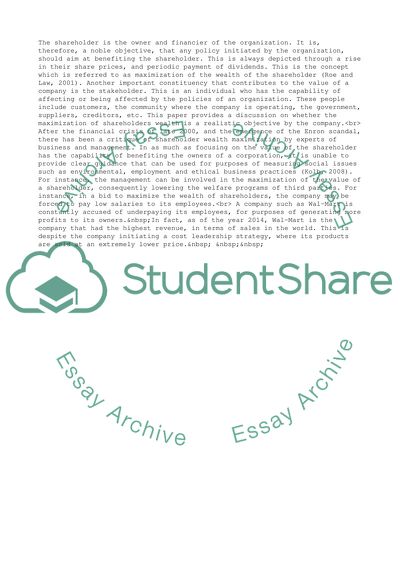Cite this document
(“Strategic Financial Management - Coursework one”, n.d.)
Strategic Financial Management - Coursework one. Retrieved from https://studentshare.org/business/1675252-strategic-financial-management-coursework-one
Strategic Financial Management - Coursework one. Retrieved from https://studentshare.org/business/1675252-strategic-financial-management-coursework-one
(Strategic Financial Management - Coursework One)
Strategic Financial Management - Coursework One. https://studentshare.org/business/1675252-strategic-financial-management-coursework-one.
Strategic Financial Management - Coursework One. https://studentshare.org/business/1675252-strategic-financial-management-coursework-one.
“Strategic Financial Management - Coursework One”, n.d. https://studentshare.org/business/1675252-strategic-financial-management-coursework-one.


